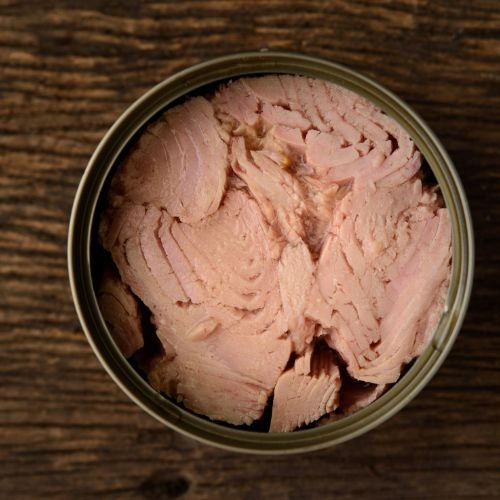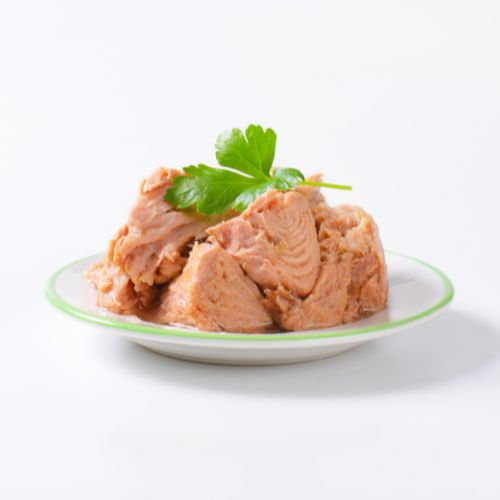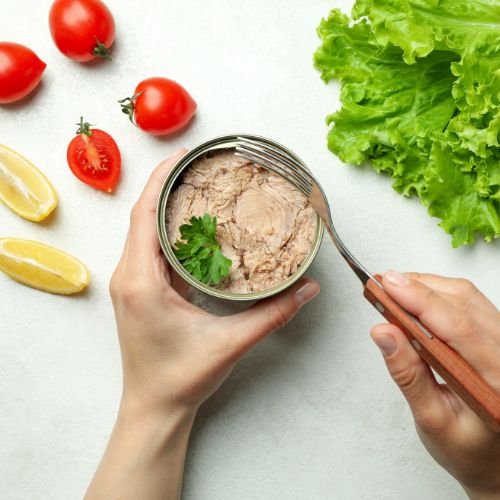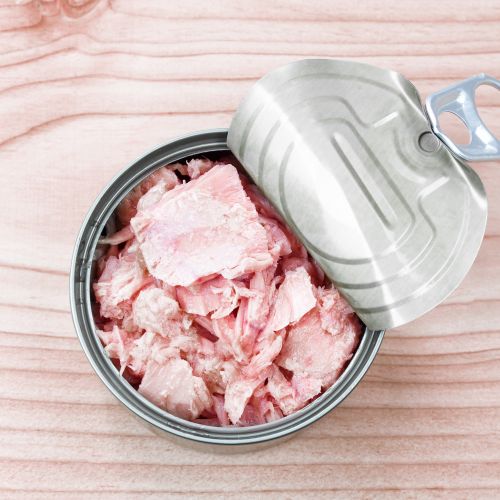Do You Have To Cook Tuna From A Can?
You don’t need to cook canned tuna since it’s already pre-cooked during canning, making it safe for immediate consumption. However, if you wish to modify its flavor or texture, you have the choice to cook it further.
Canned tuna is a versatile and convenient food item loved by many. It’s a staple in pantries worldwide due to its long shelf life and numerous culinary applications. Tuna is typically caught at sea, then cleaned, cooked, and packed into cans with various options like water, oil, or brine. This preservation method ensures that the tuna remains fresh and nutritious for an extended period.
Canned tuna is a great source of lean protein, omega-3 fatty acids, and essential nutrients like vitamin D and selenium. It’s a go-to ingredient for salads, sandwiches, pasta dishes, and sushi. Its affordability and availability make it a go-to choice for quick and healthy meals, catering to both taste and nutrition. Canned tuna is a versatile and valuable addition to any kitchen, whether in a classic mayo-based tuna salad or a spicy sushi roll.
Do You Have To Cook Tuna From A Can?

It’s not necessary to cook canned tuna because it undergoes pre-cooking as part of the canning process, ensuring it’s safe and ready for direct consumption. Nevertheless, if you desire a distinct flavor or texture, you have the option to cook it additionally.
Here’s a comprehensive guide on how to handle canned tuna:
Eating Canned Tuna Directly:
- Open the can: Use a can opener to remove the lid.
- Drain if needed: You can drain the liquid from the can depending on your preference. Tuna is typically packed in water, oil, or brine; the choice is yours.
- Enjoy as is: You can eat canned tuna directly from the can. It’s a quick and protein-rich option for salads, sandwiches, wraps, or as a topping for crackers. Add your favorite seasonings or sauces to enhance the flavor.
Are canned tuna cooked?

Yes, canned tuna is cooked before being canned. The process typically involves several steps:
Catching
Tuna fish are caught at sea using various fishing methods, such as longline fishing or purse seine nets.
Cleaning
Once caught, the tuna is cleaned to remove any impurities, such as scales and innards.
Cooking
The cleaned tuna is then cooked to ensure it is safe to eat and to improve its flavor and texture. Depending on the specific product and manufacturer, this cooking process can involve steaming, baking, or poaching.
Canning
After cooking, the tuna is packed into cans along with various options like water, oil, or brine. The cans are sealed to maintain the tuna’s freshness and quality.
Because canned tuna is precooked, eating straight from the can is safe. This makes it a convenient and ready-to-eat source of protein for various dishes.
Can we eat canned tuna without cooking?
Yes, you can eat canned tuna without cooking it further. Canned tuna is already cooked during the canning process, so it is safe to consume straight from the can. In fact, many people enjoy canned tuna in various dishes without any additional cooking. Common ways to enjoy canned tuna include making tuna salad sandwiches, mixing it into pasta salads, or using it as a topping for salads or pizzas.
However, it’s essential to be aware of the different types of canned tuna available, such as tuna packed in water, oil, or brine. Each type has its own flavor and texture, so you can choose the one that suits your preference and the specific recipe you plan to prepare. Always check the label for any specific instructions or recommendations regarding consumption.
Can I eat tuna straight from the can?

Yes, you can eat tuna straight from the can. Canned tuna is precooked during the canning process, making it safe and convenient to consume directly from the can. Many people enjoy canned tuna without any additional cooking. You can use it in a variety of dishes, such as salads, sandwiches, wraps, or as a topping for crackers.
It’s important to note that there are different types of canned tuna available, including tuna packed in water, oil, or brine. Each type has its own flavor and texture, so you can choose the one that suits your taste and the specific recipe you have in mind. Always check the label for any specific recommendations or instructions regarding consumption.
Is it safe to pan fry canned tuna?
Canned tuna is already cooked during the canning process, so eating straight from the can is safe without any additional cooking. However, if you choose to pan-fry canned tuna, you can do so for flavor and texture variations. Here’s how:
Drain the canned tuna:
Start by draining the liquid from the can, whether it’s water, oil, or brine.
Heat a skillet or frying pan:
Place a skillet or frying pan on the stove and heat it over medium-high heat.
Add a little oil (optional):
You can add a small amount of oil to the hot skillet if you want to enhance the flavor and prevent sticking. This step is optional, especially if you’re using tuna packed in oil.
Pan-fry the tuna:
Add the drained canned tuna to the skillet. You can break it up with a fork or spatula and cook it for a few minutes until it’s heated through and slightly browned, if desired. Be careful not to overcook, as canned tuna is already fully cooked.
Season to taste:
Season the pan-fried tuna with your preferred spices, herbs, or sauces to add flavor.
Pan-frying canned tuna is a quick way to give it a different taste and texture, but it’s not necessary from a safety standpoint since it’s already cooked. Just be mindful not to overcook it to maintain its tenderness.
Final Thoughts On “Do You Have To Cook Tuna From A Can?”

In conclusion, the question of whether you need to cook tuna from a can can be answered with a resounding “no.” Canned tuna is a highly convenient and versatile food item that undergoes pre-cooking during the canning process, rendering it perfectly safe for direct consumption. This quality makes it ideal for quick, hassle-free meals, particularly when time is limited or convenience is paramount.
Eating canned tuna straight from the can is a common practice and offers a protein-packed option for various dishes like salads, sandwiches, and snacks. The choice of whether to further cook canned tuna is purely a matter of personal preference. Pan-frying or sautéing canned tuna can introduce a different dimension of flavor and texture, adding diversity to your culinary repertoire.
Ultimately, canned tuna serves as a valuable addition to any kitchen, providing nutrition, taste, and versatility. Whether enjoyed straight from the can or with a dash of creativity in the cooking process, it remains a reliable and accessible source of sustenance, aligning with the demands of modern, busy lifestyles.